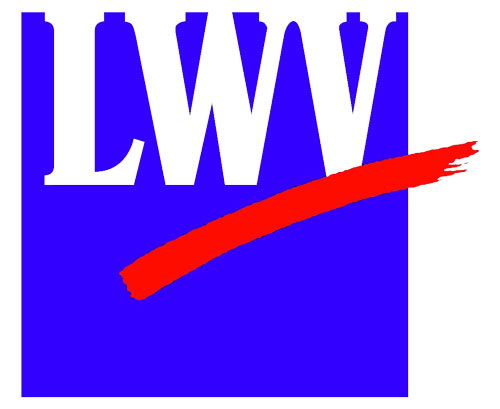Blog
Voting in Primaries 101 – No Straight Tickets and How to Vote for A Trustee

Polls are open in Montgomery County for early voting, and once again it’s time to educate ourselves about voting in the primaries and choosing among the candidates.
First a quick reminder about primaries (because poll workers in May 2020 had to explain this) there’s no straight-ticket button in May. Primary voting requires a voter to take one balloteither Democrat or Republican- a vote so as to narrow down multiple candidates.
To help voters prepare, the county has a list of all candidates for the May 3 primary here: https://www.montgomerycounty.in.gov/egov/documents/1649441009_70627.pdf. This list won’t look like the Democrat or Republican ballot, which includes only the select party’s names. It could seem a little confusing, so some explanation may help. Consider the shortest list, the list of candidates for federal offices. There are two incumbents: Todd Young (R) who has no primary challenger. In November, he will face the only Democrat running: Hammond Mayor Thomas McDermott Jr. Therefore, voters don’t need to narrow down the field for US senator for either party.
The other incumbent is US Representative Jim Baird who also faces no other Republican challenger. If a voter requests a Democrat ballot, they could cast a vote for one of two Democrats competing with Baird in November: Roger D. Day and Howard J. Pollchick. Presently, neither have a working website nor much of an internet presence to research their platforms and records.
One of the most confusing areas on a ballot is the section where voters choose township trustees and board members. First, it’s key to know what a township is, so you know what a trustee (and board member) does.
Townships are political subdivisions of counties. They are small geographic areas, the average size of one is thirty-six square miles. Each township has a board to guide the trustees who administer critical services. Commonly we think of the township as handling road maintenance, zoning, and trash, but the state law puts township trustees in charge of many critical services that may surprise voters.
Some responsibilities may seem like routine government work, like keeping a written record of official proceedings (and making these open for public inspection), managing all township property interests, attending all township legislative meetings, handling payments, examining and settling all accounts, and filing personnel reports. Others are a little more surprising: performing the duties of a fence viewer for property lines, providing and maintaining cemeteries, providing fire protection (except in a township that has consolidated the township’s fire department), maintaining parks and community centers, destroying detrimental plants, noxious weeds, and rank vegetation, and- this one may catch you off guard- providing insulin to the poor.
“The township trustee is responsible for the oversight and care of all poor individuals in the township as long as the individuals remain in the trustee’s charge. It is the trustee’s responsibility to see that township residents are properly taken care of in the manner required by law,” defines the United Township Association of Indiana. Thus voting for a trustee means choosing a person who will conscionably fulfill those duties. They have to want to be good neighbors, caring about what matters to the citizens and what risks they face.
When voters look at the list of names to vote for in their township, they should have received a knock on the door, chatted with the candidate, or known them from community connections because the trustee must pass the trust test.
To prepare to vote, look up candidates in your township. Party matters less than reputation based on action. Look for yard signs and look up those names on social media, at the local newspaper website, or just do a google search. For Union Township, Crawfordsville’s township, Sally Evans Molin posted her letter highlighting her approach to responsibilities such as parks as well as fire services. She highlights her community connections and how long she’s lived in the township. So did Carolyn Rivers. Since candidates can set levels of privacy on personal pages and use their profiles or public pages to promote their candidacy, these can be helpful to find out if the candidate actively campaigning. Do their community connections and values align with your goals? Not all candidates appear to be campaigning or advocating for all of their neighbors.
Doing a little research will assure voters that they cast their ballots wisely.
Note: voting ends at 6 pm on May 3. As usual, if you want to vote you check your voter registration a couple of months before the May primaries or November general elections. Voters can check their registration at indianavoters.in.gov/ or the League of Women Voter’s tool: https://www.vote411.org/ At Vote411, citizens can see what’s on their ballot, find their polling place, check on voter registration, learn about public debates, know which ID to bring when voting, learn how to apply for an absentee ballot or check the status of a provisional ballot.
– The League of Women Voters is a nonpartisan, multi-issue political organization which encourages informed and active participation in government. For information about the League, visit the website www.lwvmontcoin.org; or, visit the League of Women Voters of Montgomery County, Indiana Facebook page.
